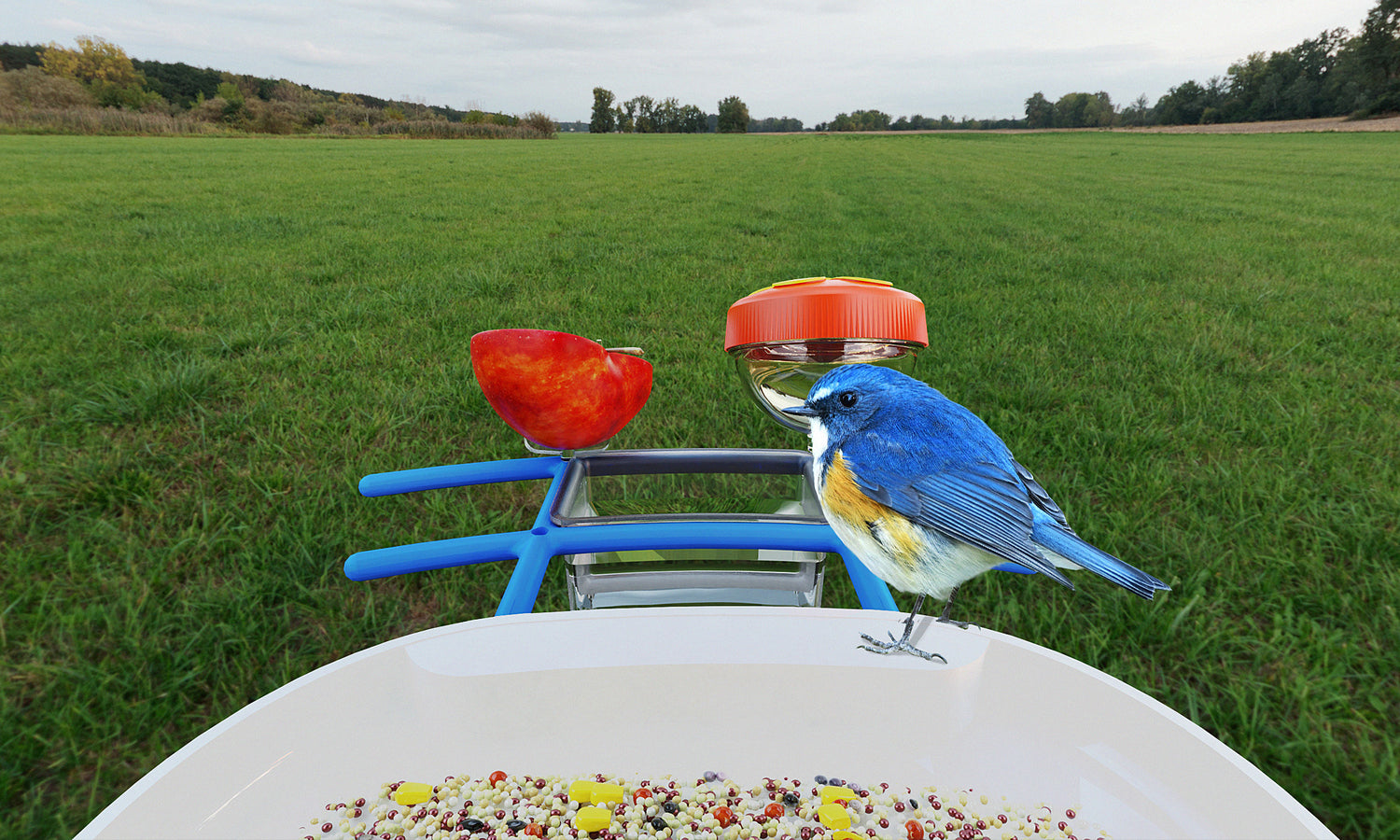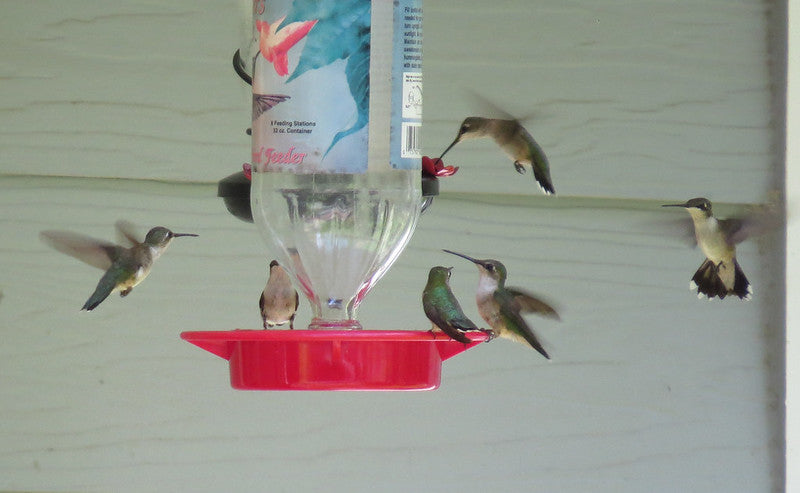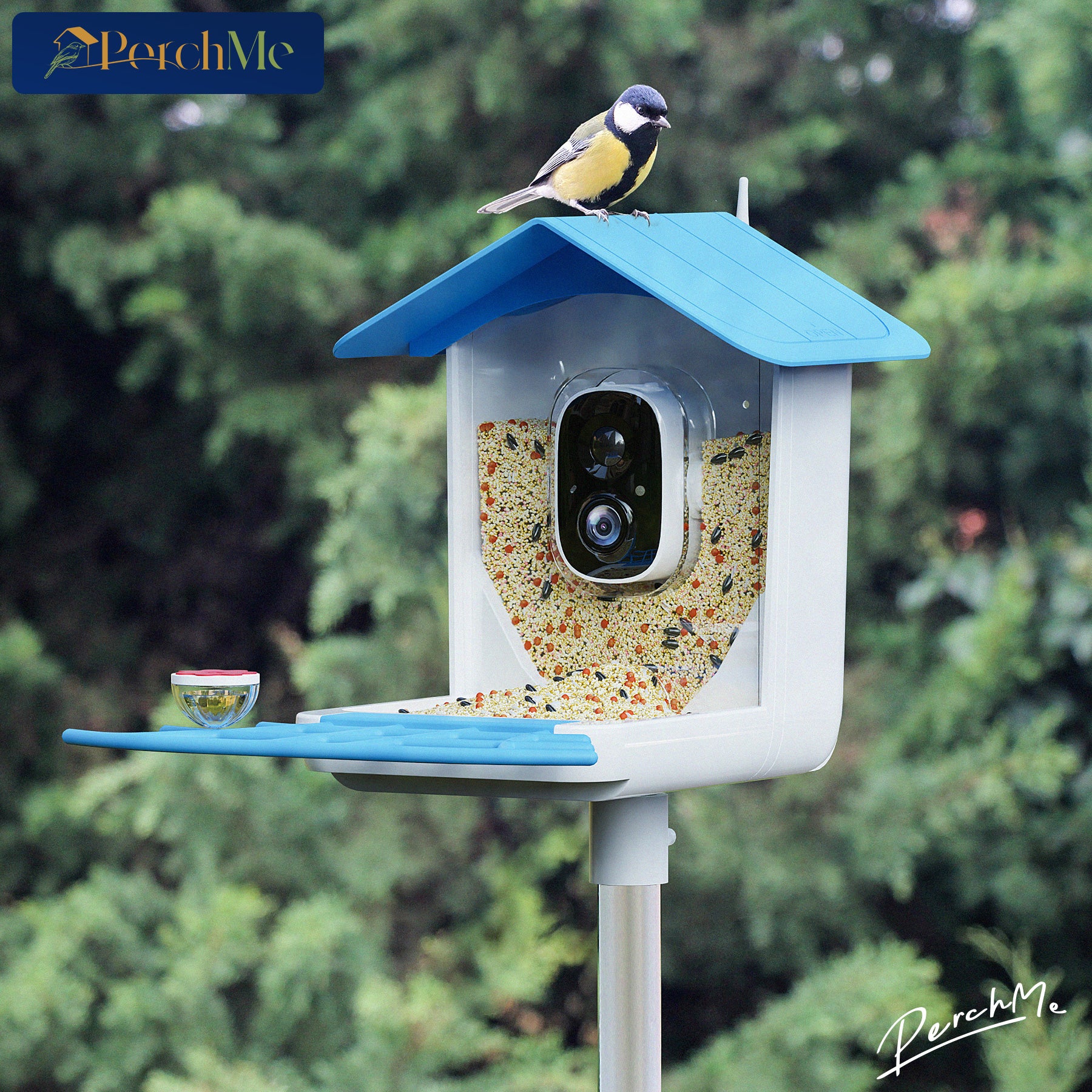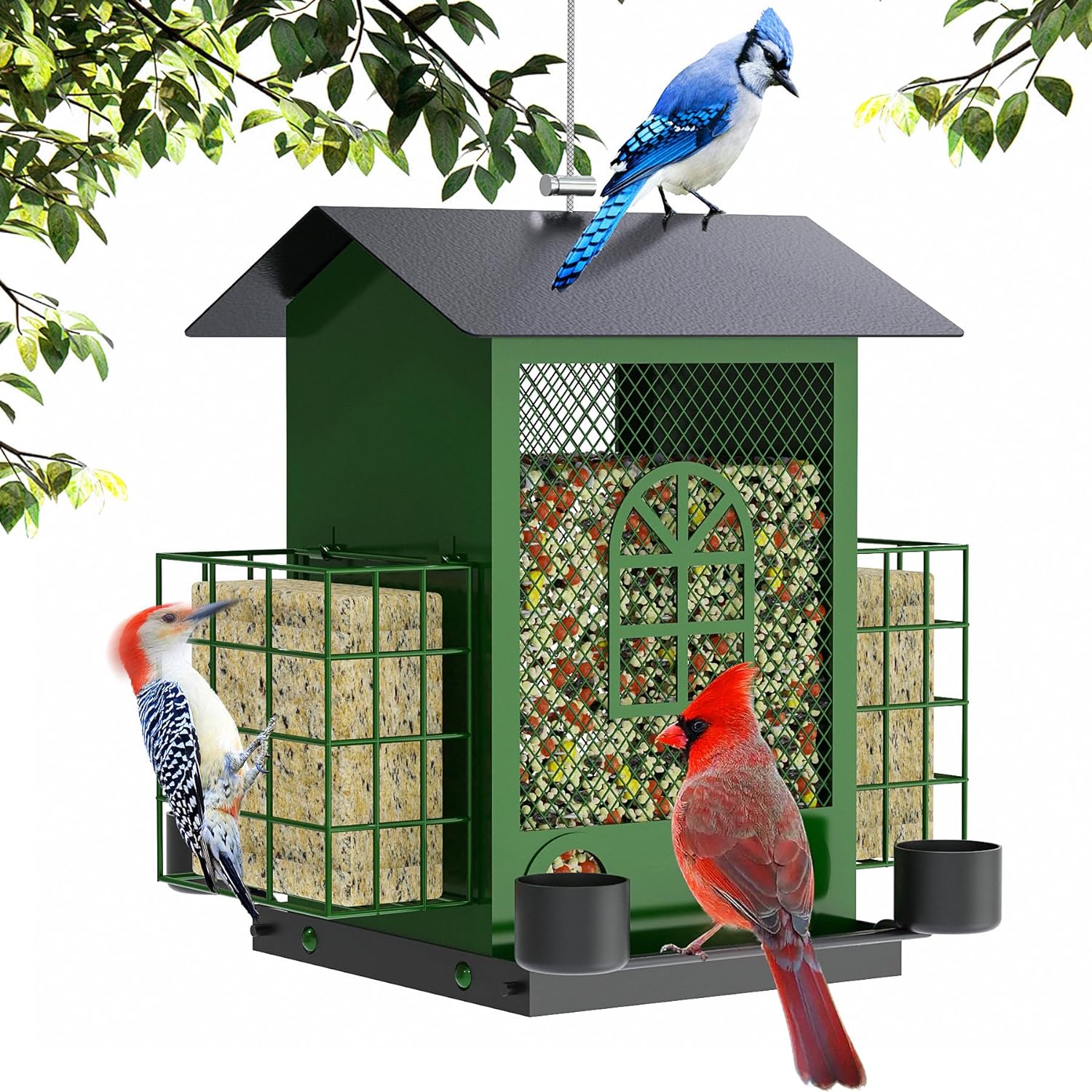For centuries, humans have been awestruck by the incredible journeys of migratory birds—tiny creatures that cross continents, oceans, and mountains with pinpoint accuracy. At PerchMe, we love helping people connect with birds (our smart feeders make backyard birding easier!), but today, let’s focus on the true superstars: the birds that redefine “road trip.”

1. Arctic Tern: The Ultimate Frequent Flyer
Route: Arctic Circle → Antarctica → Arctic Circle (annual round trip)
Distance: 44,000+ miles—enough to fly to the moon and back three times in their lifetime
This featherweight seabird holds the record for the longest migration. Arctic terns chase endless summer, breeding under the midnight sun and wintering in Antarctic daylight. Their secret? They “read” Earth’s magnetic fields and use star patterns as a compass.
Why it’s fragile: Rising ocean temperatures disrupt their food supply, and shrinking Arctic ice threatens nesting sites.

2. Bar-tailed Godwit: The Nonstop Ocean Crosser
Route: Alaska → New Zealand (no breaks!)
Distance: 7,500+ miles in one flight
Imagine flying for 9 days straight—no food, no sleep, no land. That’s the bar-tailed godwit’s autumn journey. These shorebirds shrink their organs mid-flight to save energy, arriving in New Zealand 50% lighter. Scientists still don’t fully know how they navigate vast, featureless oceans.
Why it’s risky: Coastal development destroys their critical rest stops. Lose one habitat, and entire flocks vanish.

3. Amur Falcon: The Globe-Trotting Raptor
Route: Siberia → India → Southern Africa (annual loop)
Distance: 11,000+ miles
These crow-sized falcons are marathon fliers, crossing the Himalayas and Indian Ocean twice yearly. In Nagaland, India, locals once hunted them by the thousands—until conservationists turned the region into a safe haven. Now, Amur falcons flock there by the millions each October.
Why it’s hopeful: Community-led bans on hunting prove humans can reverse ecological harm.

4. Snowy Owl: The Unpredictable Wanderer
Route: Arctic tundra → Canada/Northern U.S. (irregular paths)
Distance: Up to 2,000+ miles (when food is scarce)
Snowy owls don’t migrate on a schedule—they erupt south only when Arctic lemming populations crash. Their ghostly white feathers and intense yellow eyes make them a holy grail for birders. Spot them perched on fence posts or airport runways in winter!
Why it’s tricky: Climate change makes lemming cycles erratic, forcing owls to venture farther for food.

5. Ruby-throated Hummingbird: The Tiny Trans-Gulf Survivor
Route: Eastern U.S./Canada → Central America (nonstop over the Gulf of Mexico)
Distance: 500+ miles over open water
Weighing less than a nickel, this hummingbird crosses the Gulf of Mexico in 18-24 hours without stopping. To prepare, it doubles its body weight by guzzling nectar—like a human drinking 150 liters of soda before a sprint.
Why it’s vulnerable: Loss of native flowers (their fuel stations) and window collisions kill millions annually.

How to Be a Bird Migration Ally (Simple Actions, Big Impact)
While PerchMe smart feeders won’t solve global migration challenges (we’re realists, not magicians!), here’s how anyone can help:
- Turn off outdoor lights at night during spring/fall migrations (lights disorient birds).
- Plant native flowers and shrubs—migrators need pit stops for food and shelter.
- Use window decals to prevent collisions (up to 1 billion birds die from windows yearly).
- Skip pesticides—insects are fuel for travelers like hummingbirds and warblers.
If you do use a feeder, keep it clean and stock high-energy foods like black oil sunflower seeds. Just remember: Migratory birds are passing through, not moving in. Think of your feeder as a roadside diner, not a five-star resort!
Final Thought: Bird migration is one of nature’s last great mysteries—a reminder that courage and resilience come in all sizes. This season, step outside at dawn. You might just witness a tiny traveler on a journey that makes your commute look easy.
Curious who’s passing through your backyard?
PerchMe: Smarter birding, lighter footprint.




















Leave a comment
All comments are moderated before being published.
This site is protected by hCaptcha and the hCaptcha Privacy Policy and Terms of Service apply.